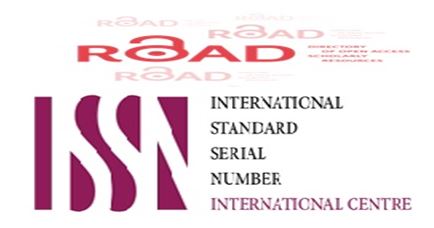Laparoscopic cholecystectomy with harmonic scalpel
DOI:
https://doi.org/10.32007/jfacmedbagdad.582243Keywords:
Laparoscopic cholecystectomy (LC), Clips and Cautery (CC), Harmonic scalpel (HS).Abstract
Background: The Harmonic scalpel (HS) has been proven to be an effective, efficient, and safe instrument for dissection and hemostasis in both open and laparoscopic surgical procedures. The primary use of the HS in laparoscopic cholecystectomy (LC) has been for the division of the cystic artery and liver bed dissection. Advancements in the Harmonic scalpel blade tip now provide for the reliable ultrasonic division and closure of the cystic duct.
Objectives: This study was planned to compare the clips and cautery (CC) method of laparoscopic cholecystectomy (LC) versus LC using HS as regard to the safety and efficacy for symptomatic gallstone disease.
Patients and methods: This is a prospective study conducted in Baghdad Teaching Hospital/ 1st Surgical Unit at the Medical City, done on (120) patients within the period between1st October 2010 and 1st October 2011 who underwent LC for symptomatic gallstone disease. These patients have been classified into two groups Group A included 60 patients who underwent the (CC) method, and Group B included 60 patients done by (HS) method. The intraoperative and postoperative parameters were collected including duration of operation, intraoperative blood loss, gallbladder perforation rate, postoperative pain, and complications.
Results: HS provides a shorter operative duration than CC (34.85±6.2 min vs. 49.75±9.49 min, respectively, p=0.0001), with a significant less incidence of gallbladder perforation (6.6% vs. 20%; p= 0.032). There was no statistical difference in the conversion rate between both groups. The amount of postoperative drainage is significantly less in HS (37.98±17.25 vs. 49.18±22.65 ml; p = 0.003). No postoperative bile leak was encountered in HS, but it occurred in 3.3% of patients in CC. Visual analog scale (VAS) for pain severity in HS at 24 hours postoperative was (3.95±0.74 vs. 4.94±1.34, p=0.0001).
Conclusion: HS provides a complete hemobiliary stasis and is a safe alternative to standard clipping of cystic duct and artery. It provides a shorter operative duration, less incidence of gallbladder perforation, less operative blood loss, less postoperative pain, and less rate of conversion to open cholecystectomy.
Downloads
Downloads
Published
Issue
Section
License
For all articles published in Journal of the Faculty of Medicine Baghdad, copyright is retained by the authors. Articles are licensed under an open access Creative Commons CC BY NC 4.0 license, meaning that anyone may download and read the paper for free. In addition, the article may be reused and quoted provided that the original published version is cited. These conditions allow for maximum use and exposure of the work, while ensuring that the authors receive proper rights.



















 Creative Commons Attribution 4.0 International license..
Creative Commons Attribution 4.0 International license..


